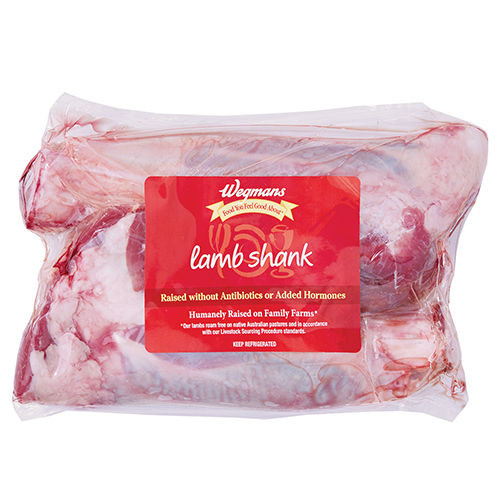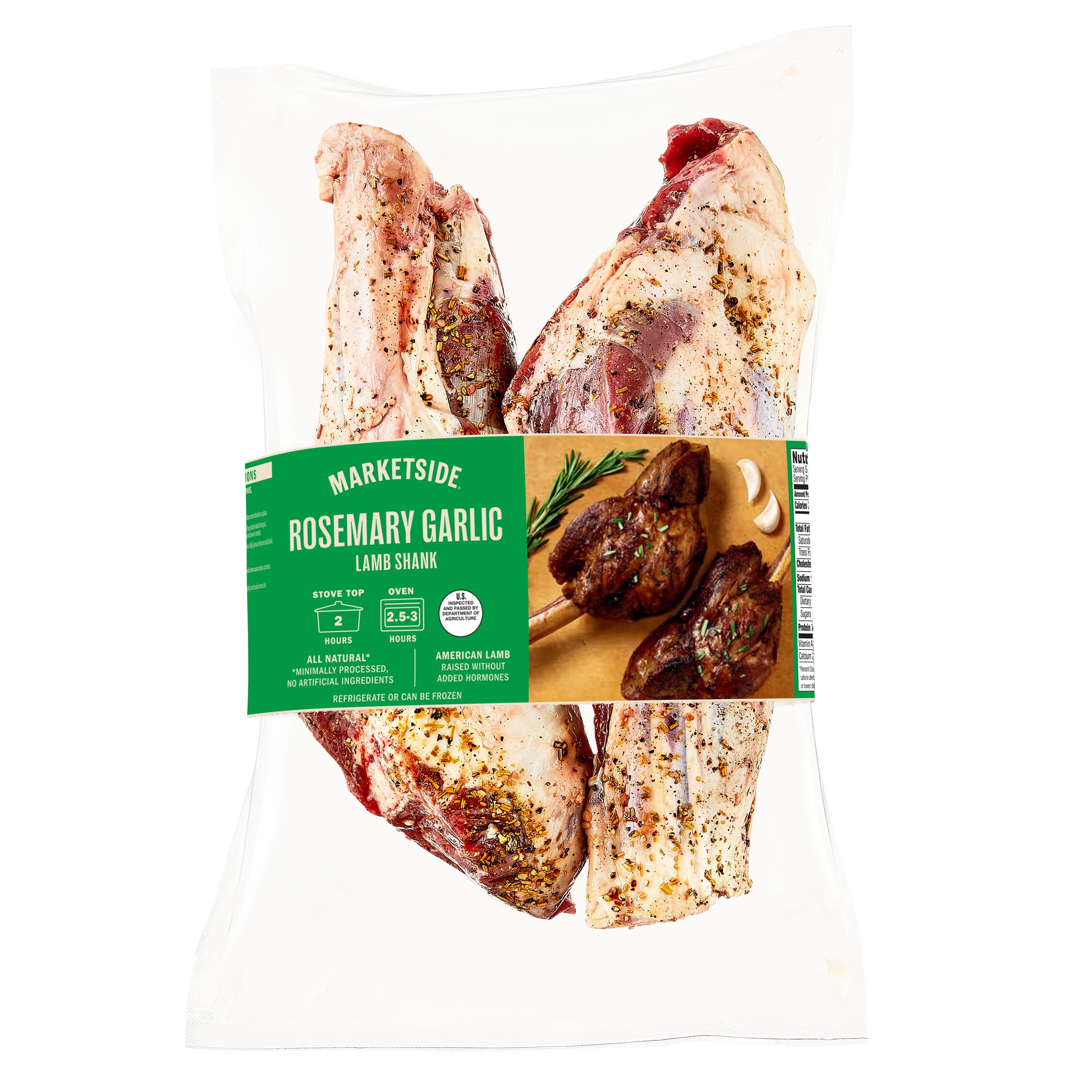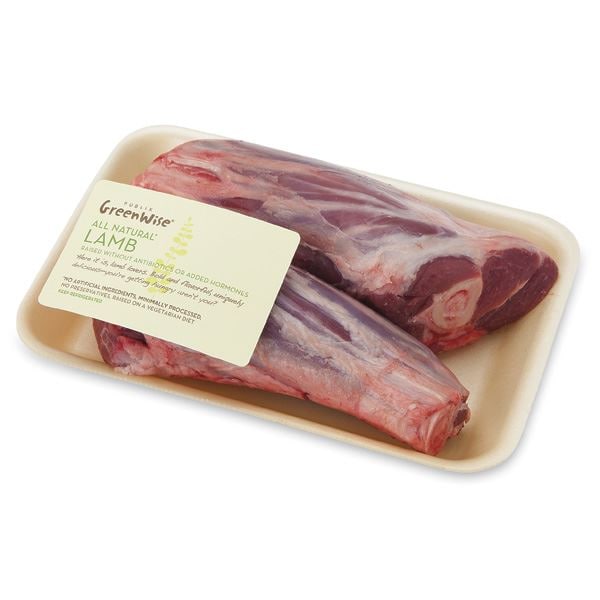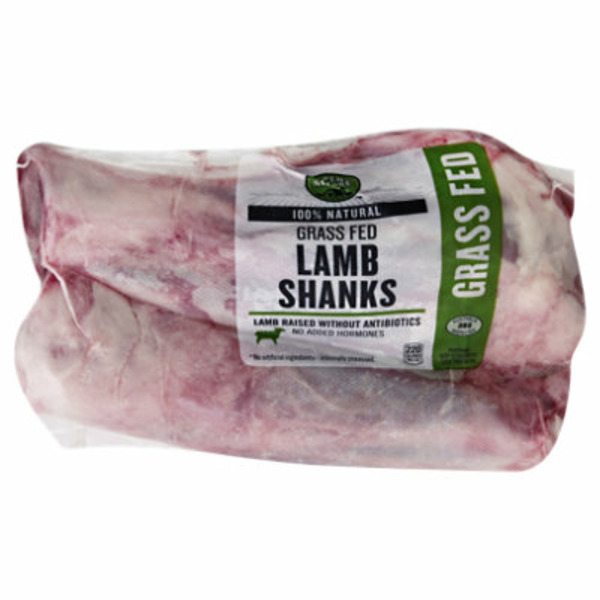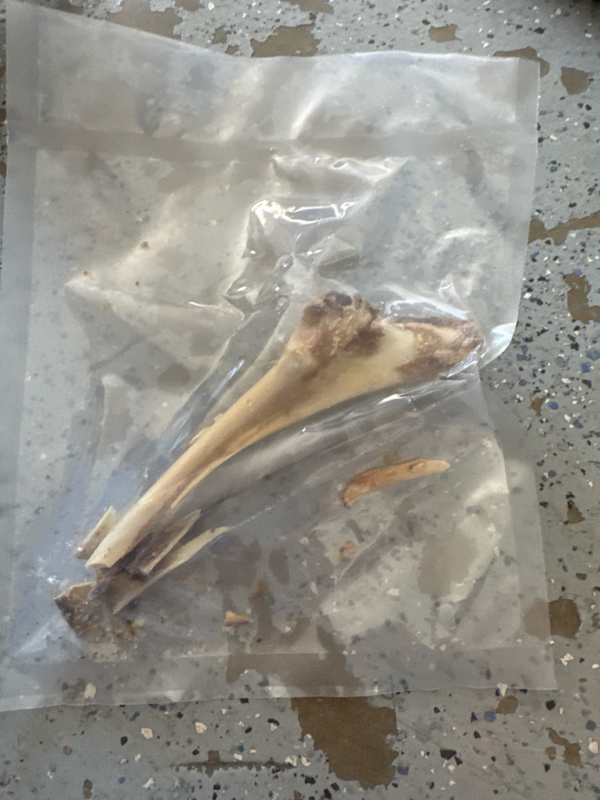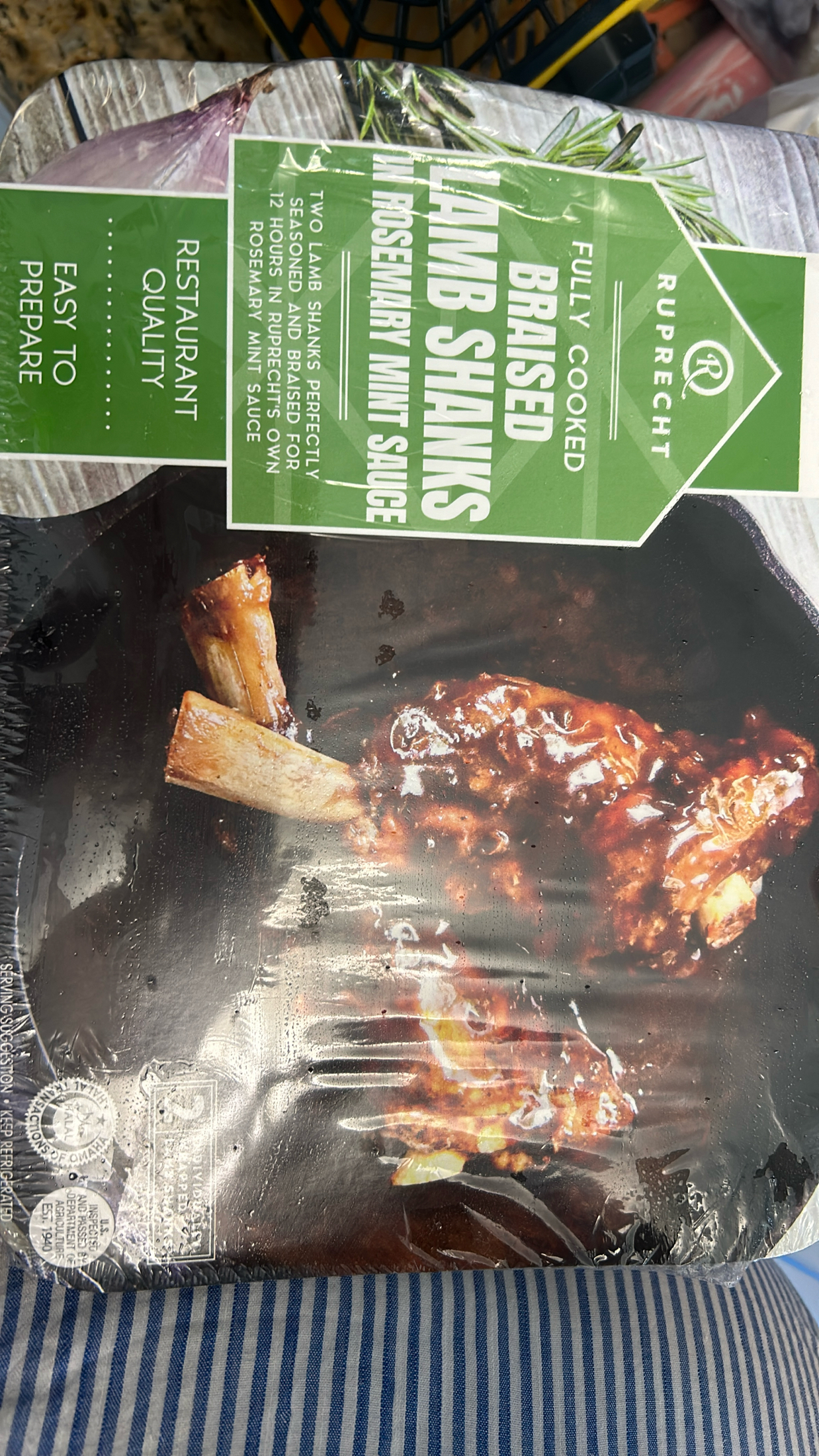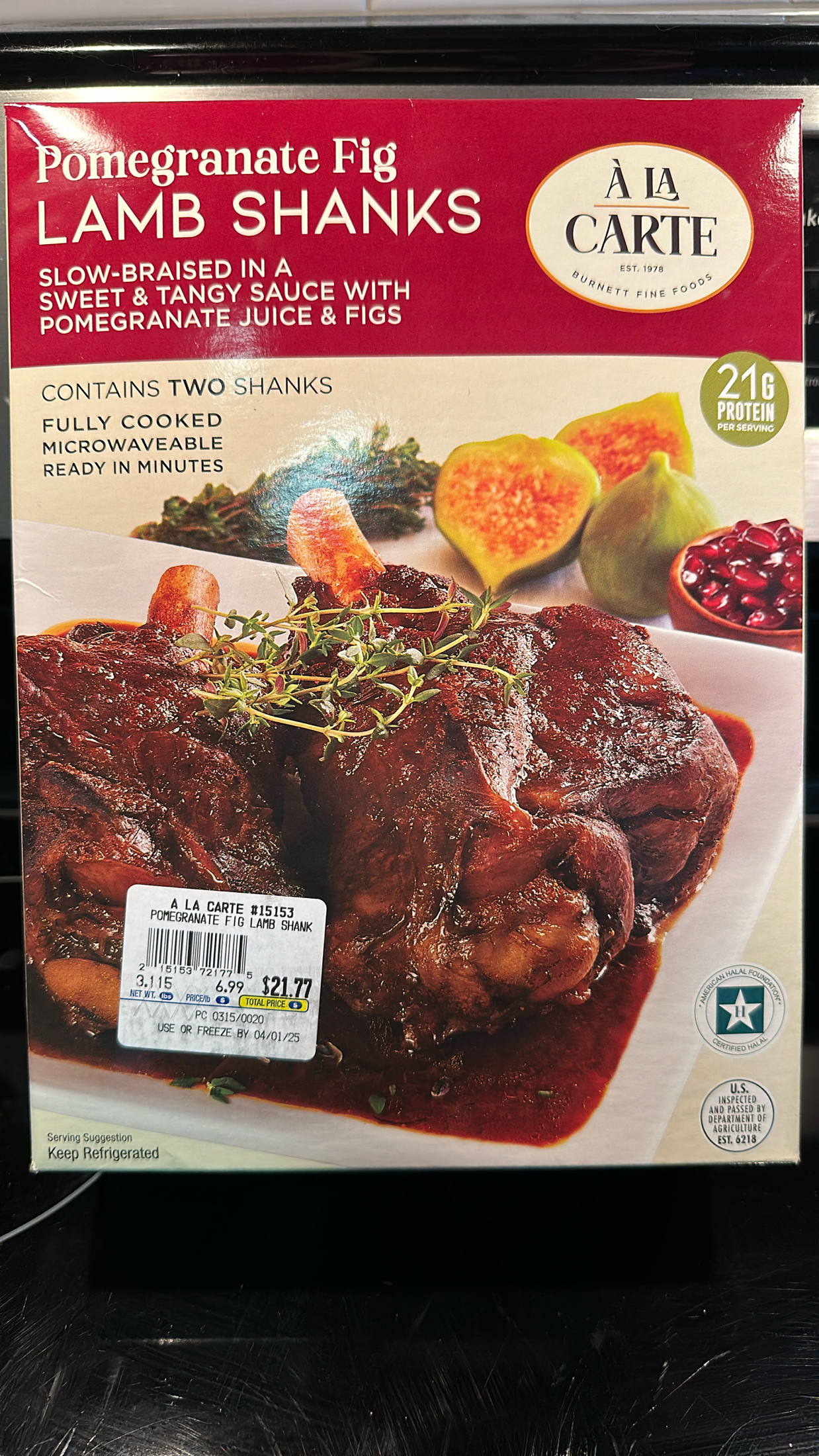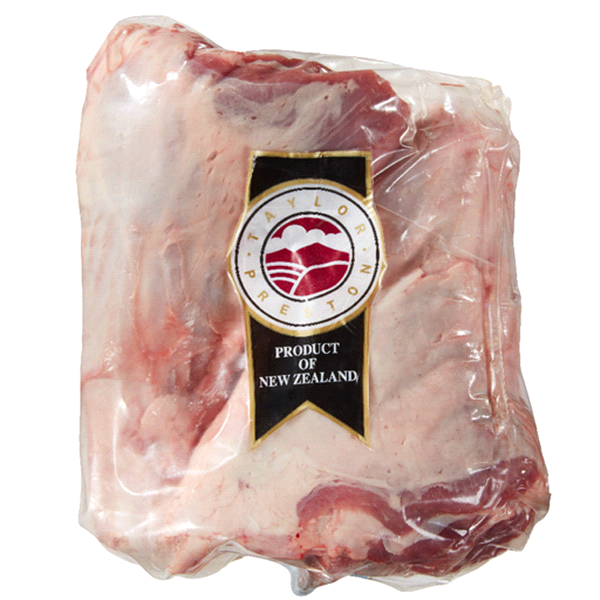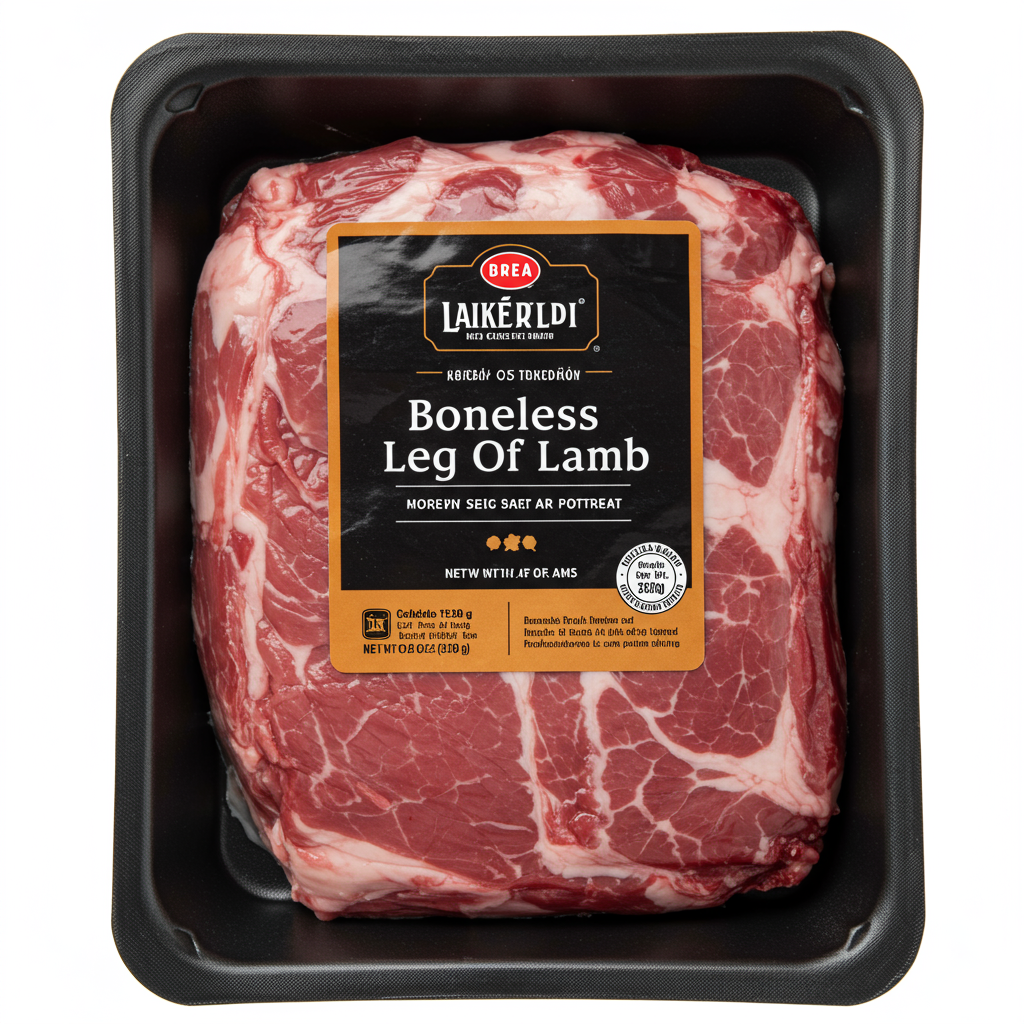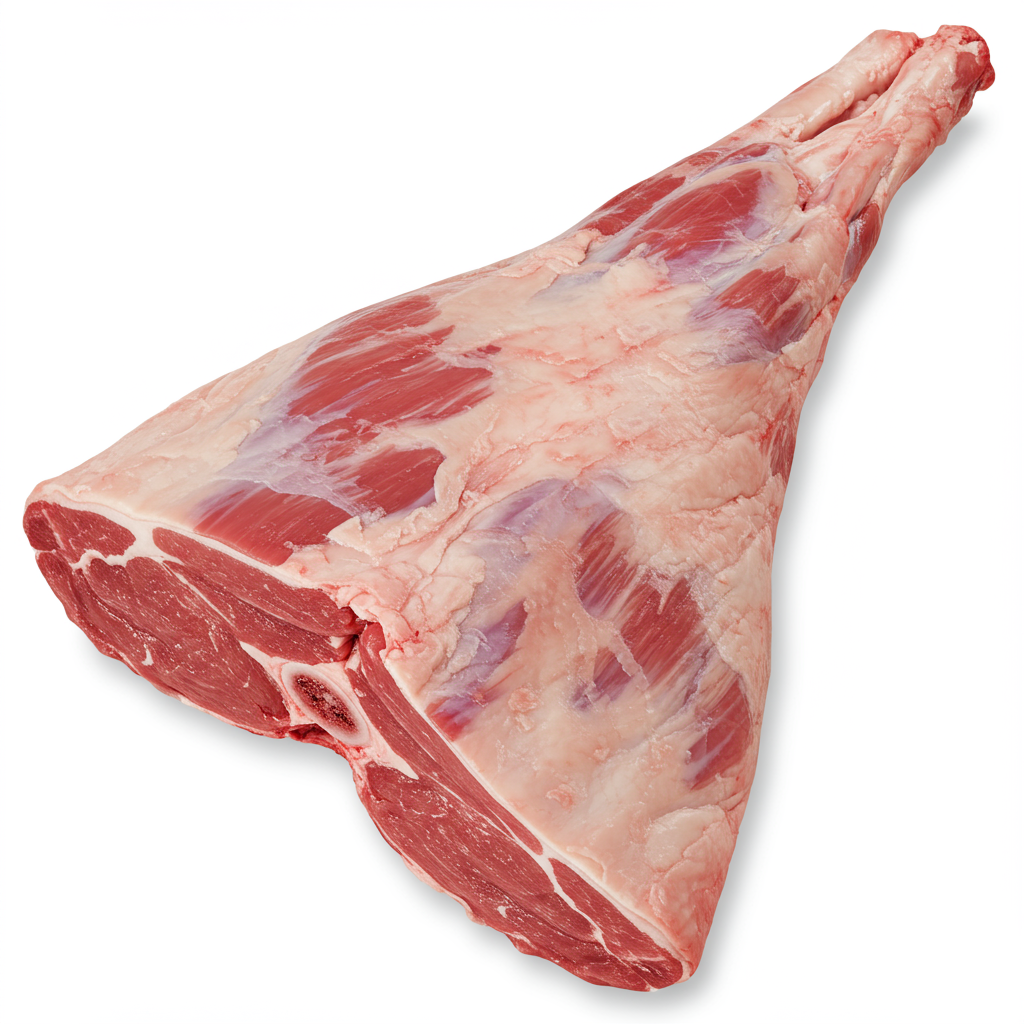MAIN DISHES
Lamb Shank
Lamb shank refers to the lower part of a lamb's leg, including the meat, bone, and some tendon. This cut of meat is popular in various global cuisines, appreciated for its rich and tender flavor when cooked properly. Lamb shank becomes incredibly tender and flavorsome when slow-cooked, making it a favorite choice for various slow-cooked dishes.
In the culinary world, lamb shank is commonly used in braises, stews, and curries, often marinated and cooked with herbs and vegetables to enhance its flavors. This tasty cut of meat pairs well with various side dishes and makes for an elegant, hearty meal that adds warmth and sophistication to any home dining experience.
0%
CARBS
36%
FAT
64%
PROTEIN
91 Lamb Shank Products
Wegmans Lamb Shank
Marketside Lamb Shank, Rosemary Garlic, 2.94
GreenWise Lamb Shank, Raised Without Antibiotics, Product of Australia
Open Nature Premium Quality Lamb Shanks
Lamb Shank Bone
Braised Lamb Shanks in Rosemary Mint Sauce
Kroger Lamb Shank
Pomegranate Fig Lamb Shanks
Taylor Preston Lamb Shank
Lamb Shank
Lamb Shank Is Frequently Used With
Lamb Shank FAQ
When cooking with lamb shank, people commonly have questions about the proper techniques to get the most flavorful, tender result. The most common challenge with this ingredient is achieving the desired tenderness, as lamb shank can easily become tough if not cooked correctly. Slow cooking, marination, and using the right herbs and spices can all help you reach your desired result.
Many people also wonder about the bone in the shank and whether it should be removed before cooking. However, leaving the bone in while cooking can actually enhance the flavor of the meat, so it's best to keep it.
As for getting the most out of lamb shank, using it in slow-cooked dishes like soups, stews and braises will allow it to break down and become tender. Also, incorporating it into dishes with strong, aromatic flavors, such as rosemary, garlic and red wine, can bring out the unique, rich taste of the meat.
For a little known tip, if you’re having a hard time cutting the shank, you can ask your butcher to do it for you. They can also suggest the best cuts and weights for your specific recipe. Remember, it might shrink considerably during slow cooking, so it's better to get a slightly larger size than what you think you'll need.
If you want your lamb shank to look as good as it tastes, searing it before slow cooking can give it a nice, aesthetically pleasing brown crust.
Why is my lamb shank tough?
Should I remove the bone before cooking?
What flavors pair well with lamb shank?
How should I prepare the lamb shank before cooking?
What dishes can I use lamb shank in?
How to properly sear the lamb shank?
How much lamb shank should I cook per person?
How do I get my lamb shank tender and juicy?
Can I ask my butcher to cut the lamb shank for me?
Why does lamb shank shrink during cooking?
Expiration & Storage Tips
When does lamb shank expire?
Unopened, a store-bought lamb shank can stay good for about 3 to 5 days in the refrigerator from the time of purchase, if it remains within the use-by date stated on the packaging. Once opened, it's best used within 2 to 3 days. If it's frozen, the lamb shank can last for 6 to 8 months in a freezer set at 0°F or below without compromising the quality.
How do you tell if lamb shank is bad?
You can tell if a lamb shank has gone bad through a few signs. If there's a sour or off smell coming from the meat, it's likely spoiled. It should have a fresh, meaty smell – anything other than that could signify spoilage. Another sign is the color - when the meat turns greenish or grayish, it's time to throw it away. Lastly, if you touch the lamb shank and it's sticky or slimy, that's another indicator that it's no longer good to eat.
Tips for storing lamb shank to extend shelf life
• Store your lamb shank in the coldest part of the refrigerator, usually towards the back. Avoid placing it in the door where the temperature fluctuates.
• To maximize the shelf life of your lamb shank, keep it in its original packaging until ready to use.
• For longer storage, freeze your lamb shank. Wrap it in heavy-duty aluminum foil or plastic wrap followed by a freezer bag to prevent freezer burn.
• If frozen, defrost lamb shank in the refrigerator, not on the countertop. If you need to defrost quickly, use the defrost function on your microwave, or seal it in a waterproof plastic bag and submerge in cold water, changing the water every 30 minutes.
EXPIRES WITHIN
6 - 21
DAYS
Health Info
Macros
0g
CARBS
45g
FAT
80g
PROTEIN
Allowed on these diets
LOW FAT
HIGH CALCIUM
KETO
PALEO
WHOLE 30
MEDITERRANEAN
LOW CARB
LACTOSE FREE
GLUTEN FREE

